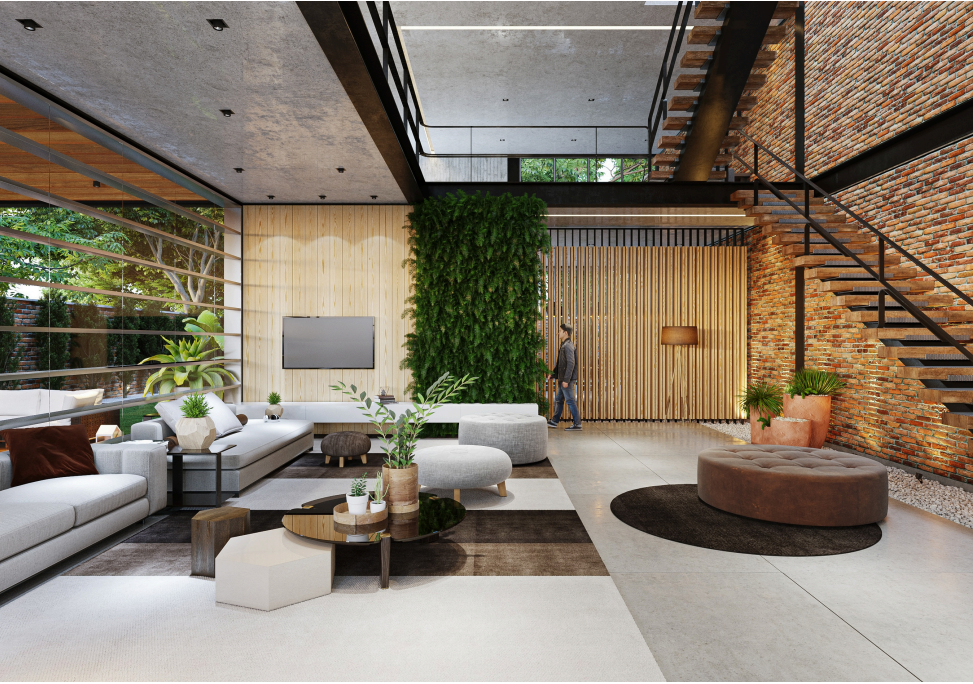Sustainability Stats Critical for Buying, Selling and Building Homes
Sustainable features are becoming a crucial factor in buying, selling and building properties across Australia. Energy-efficient homes are not only attracting more interest from buyers but also selling faster than their non-energy-efficient counterparts.
Homes with energy-efficient features see a 16.6% increase in listing views and spend 4% fewer days on the market.
Suburbs with the Highest Sale Price Premiums by State
Prestigious suburbs, like Sydney’s Mosman, are particularly benefiting from the value added by energy-efficient features. However, the standout example is Perth’s Como, where energy-efficient homes can command an additional 53.4% – the highest price premium in Australia. Interestingly, there is a notable trend of outer and regional areas showing a higher representation of energy-efficient homes. This may be due to the generally lower average property prices in these areas, allowing buyers to afford the premium on energy-efficient features.
Source: domain Sustainability Report 2024
The Appeal of Energy Efficiency Across Demographics
Australians from all socioeconomic backgrounds are increasingly motivated to make their homes more sustainable. While it might be expected that higher-income areas would dominate the market for energy-efficient properties, there is a significant presence of middle-income households investing in these features. This demographic is either more climate-conscious or finds the prospect of lower electricity bills particularly appealing, helping to manage their weekly household budgets more effectively.
Growth Suburbs and New Developments Leading the Way
Interestingly, the areas with the highest number of green homes are not necessarily those with the greatest price premiums. Instead, growth suburbs and regions with a large number of new developments are at the forefront. Examples include Orange in NSW, Yarraville in Victoria, Buderim in QLD, and Como in WA. This trend may be influenced by changing regulations and increased awareness of energy-efficient building methods. The lack of supply in more established areas could be explained the challenges of retrofitting older, heritage properties with sustainable features.
Sustainability Becoming Mainstream
As Australia faces the challenge of significantly increasing its housing stock, it is encouraging to see that the majority of new builds now incorporate sustainability features. This shift makes green homes more accessible to a broader range of Australians, dispelling the notion that sustainable living is a luxury reserved for the affluent.
Residential properties account for 10% of Australia’s carbon emissions, making the move towards energy-efficient homes not only a positive trend but a necessary one. The investment in green features is not just about reducing emissions; it also enhances the overall quality, livability, and comfort of our homes while lowering running costs. This growing commitment to sustainability is both inspiring and essential for a greener future.
Understanding the market for sustainable homes is not only important in helping our clients get the right loans but also a byproduct of 'on the ground' work with different parties in this area.
If you would like more information, please get in touch.


